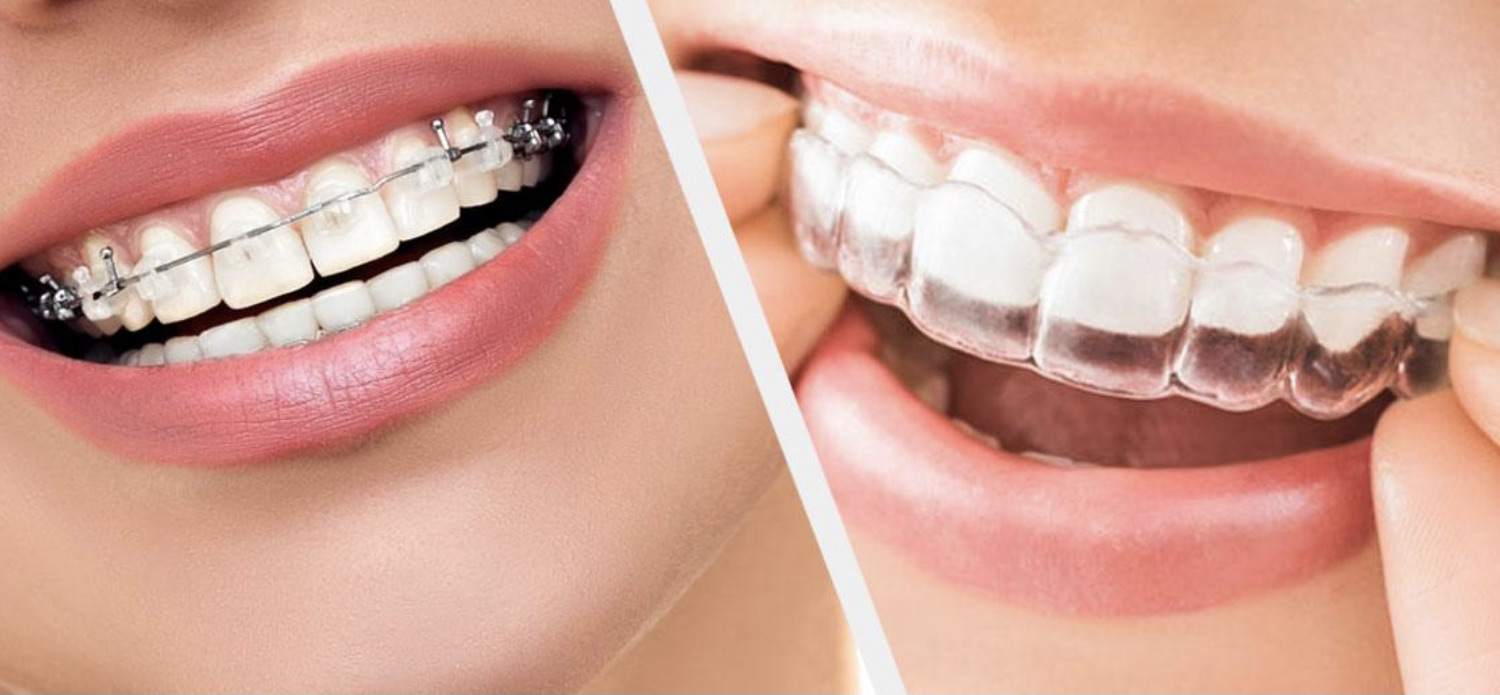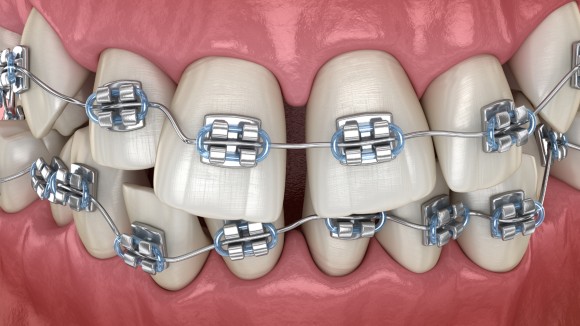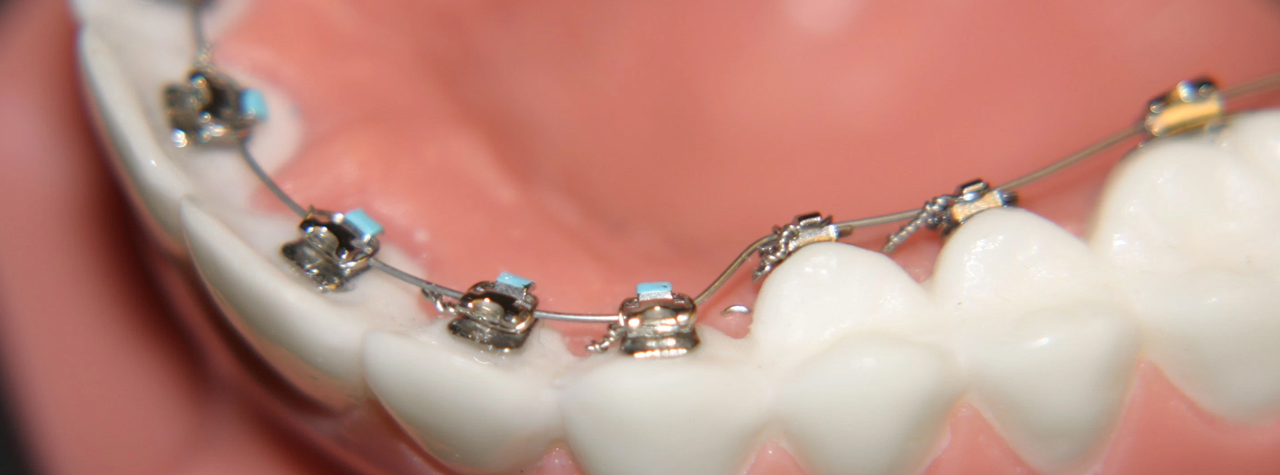Orthodontics Explained: What You Need to Know About Dental Positioning
Orthodontics Explained: What You Need to Know About Dental Positioning
Blog Article
Every Little Thing You Required to Know Regarding Braces, Aligners, and Retainers
Orthodontic treatments such as retainers, braces, and aligners play an important function in achieving a straighter and healthier smile. Each of these orthodontic appliances offers a certain function in fixing oral imbalances and bite concerns. From typical dental braces to contemporary aligners, there are various options readily available to satisfy individual demands and choices. Recognizing the differences, advantages, and upkeep requirements of these orthodontic devices is essential for any person thinking about improving their dental positioning. The journey to a flawlessly lined up smile entails greater than just aesthetics; it affects overall dental health and health.
Kinds Of Orthodontic Treatments
Orthodontic treatments incorporate different approaches targeted at correcting and straightening teeth for improved oral wellness and appearances. The most usual type of orthodontic treatment is typical braces, being composed of steel brackets adhered to the teeth and connected by cables. These dental braces slowly shift teeth into the preferred placement through routine modifications by an orthodontist.
An additional prominent choice is ceramic braces, which are much less recognizable than metal braces because of their tooth-colored or clear braces. Lingual dental braces are connected to the rear of the teeth, making them practically unnoticeable from the exterior. For those looking for a much more very discreet choice, clear aligners like Invisalign give a transparent and removable choice to conventional braces.

Pros and Cons of Braces
When considering orthodontic therapy options, it is necessary to weigh the advantages and disadvantages of dental braces. Dental braces are very effective in dealing with a wide variety of dental concerns such as jagged teeth, congestion, imbalance, and bite problems. Among the key benefits of dental braces is their reliability in supplying foreseeable and accurate outcomes over a defined therapy period. They are also appropriate for individuals of any ages, making them a versatile choice for orthodontic treatment. Additionally, dental braces can help boost oral health and wellness by enhancing the placement of teeth, which can decrease the threat of dental cavity, gum tissue disease, and other oral issues over time.
An additional aesthetic factor to consider is the visibility of conventional steel braces, which may affect the user's confidence during therapy. Despite these disadvantages, the tested effectiveness of braces in achieving ideal dental positioning usually outweighs the disadvantages for several individuals.
Advantages of Aligners
A significantly popular choice to typical braces, aligners provide many advantages in orthodontic therapy. Aligners are additionally removable, permitting people to conveniently comb and floss their teeth, leading to better dental health throughout therapy contrasted to typical braces.
In addition, aligners typically need less visits to the orthodontist for adjustments, as compared to braces, which can be a practical variable for individuals with active schedules. The treatment process with aligners is often extra comfortable, as there are no metal braces or cables that may create inflammation to the mouth. Additionally, aligners can often attain results in a much shorter period than conventional dental braces, depending upon the intricacy of the orthodontic issues being resolved.

Value of Retainers
The value of retainers in keeping orthodontic treatment outcomes can not be overemphasized. Retainers play an important role in preserving the outcomes achieved via aligners or braces. After the first phase of orthodontic therapy, where aligners or braces are made use of to correct teeth and right bite issues, retainers are essential for protecting against the teeth from moving back to their initial setting.
Retainers help to support the teeth in their new straightened position, permitting the supporting frameworks in the mouth to adapt to the changes. Without appropriate retainer wear, there is a risk of regression, where the teeth progressively move back in the direction of their pre-treatment positioning. This can reverse all the progress made throughout the orthodontic treatment, causing the need for extra intervention.
It is advised to wear retainers as guided by your orthodontist to you can find out more maintain the results of your therapy in the long-term. Normally, retainers are initially used permanent and afterwards transitioned to nighttime wear once the orthodontist identifies it is appropriate. Consistent retainer usage is vital to guaranteeing a long-term, beautiful smile.
Upkeep Tips for Orthodontic Equipments
Correct treatment and upkeep of orthodontic appliances are important for ensuring their efficiency and long life. Braces, aligners, and retainers call for diligent attention to keep them in optimal condition throughout the treatment process. When wearing braces, it is crucial to maintain good oral health by brushing after every dish and flossing everyday to stop plaque buildup. Preventing hard, sticky foods can additionally avoid damages to the braces. Routine exams with your orthodontist are necessary to ensure that the dental braces are changed properly and are functioning as meant.

Verdict
Finally, orthodontic treatments such as aligners, retainers, and dental braces play a critical duty in fixing oral problems and improving total oral wellness. Each therapy option has its very own pros and cons, and it is crucial to follow correct maintenance pointers to guarantee the performance of the home appliances. Whether it is dental braces for much more extreme cases or aligners for an extra discreet choice, speaking with a dental specialist will certainly assist determine the finest therapy plan for specific needs.
Orthodontic therapies such as aligners, retainers, and dental braces play an essential duty in achieving a straighter and healthier smile.An additional prominent alternative is ceramic braces, which are less recognizable than metal braces due to their clear or tooth-colored brackets.In some instances, after braces or aligner treatment, retainers are needed to keep the newly lined up setting of the teeth. After the preliminary stage of orthodontic treatment, where aligners or dental braces are made use of to correct teeth and proper bite concerns, Visit This Link retainers are important for protecting my link against the teeth from changing back to their original position.
In final thought, orthodontic treatments such as dental braces, retainers, and aligners play an essential function in remedying oral problems and enhancing general dental wellness. - orthodontics
Report this page